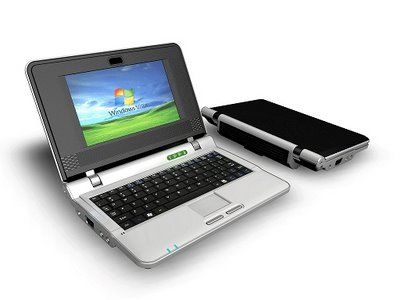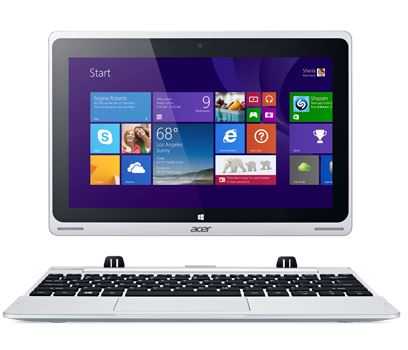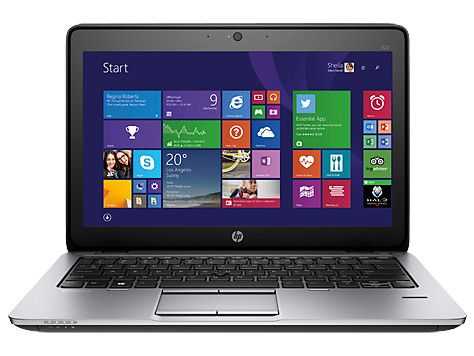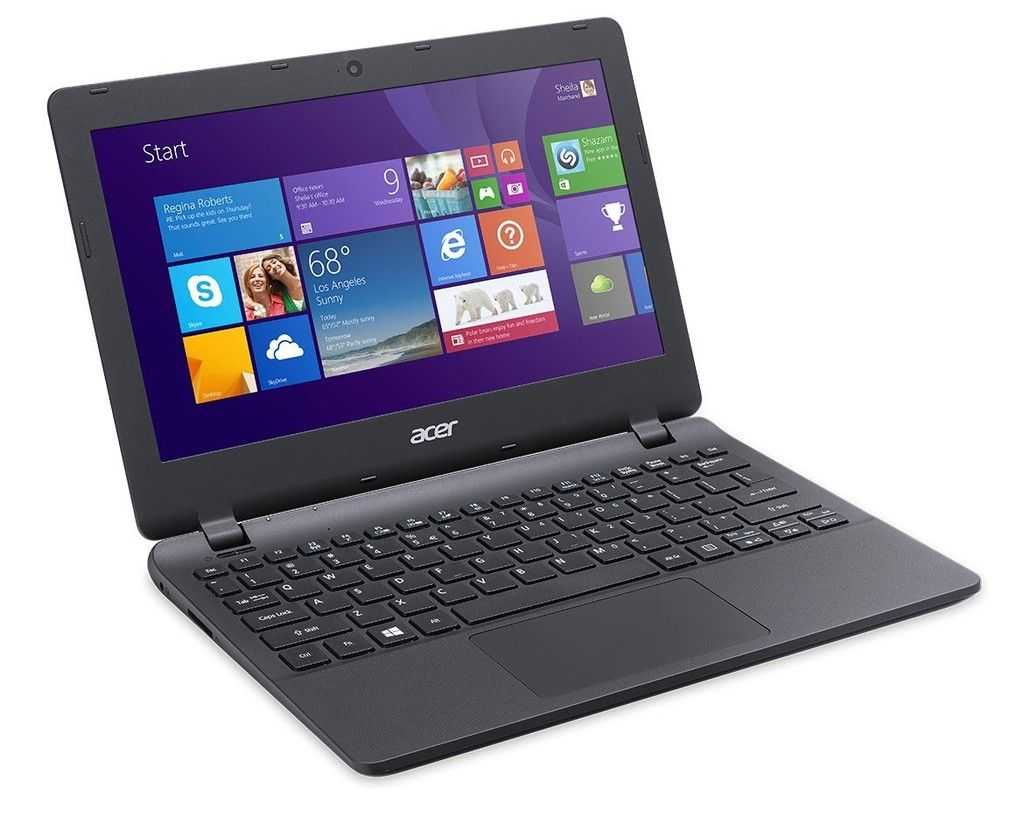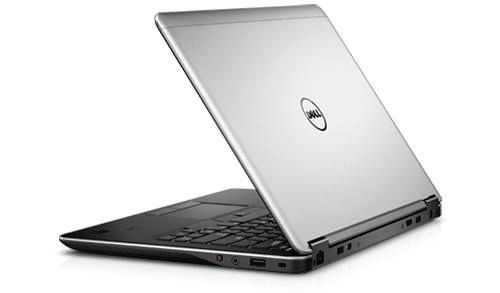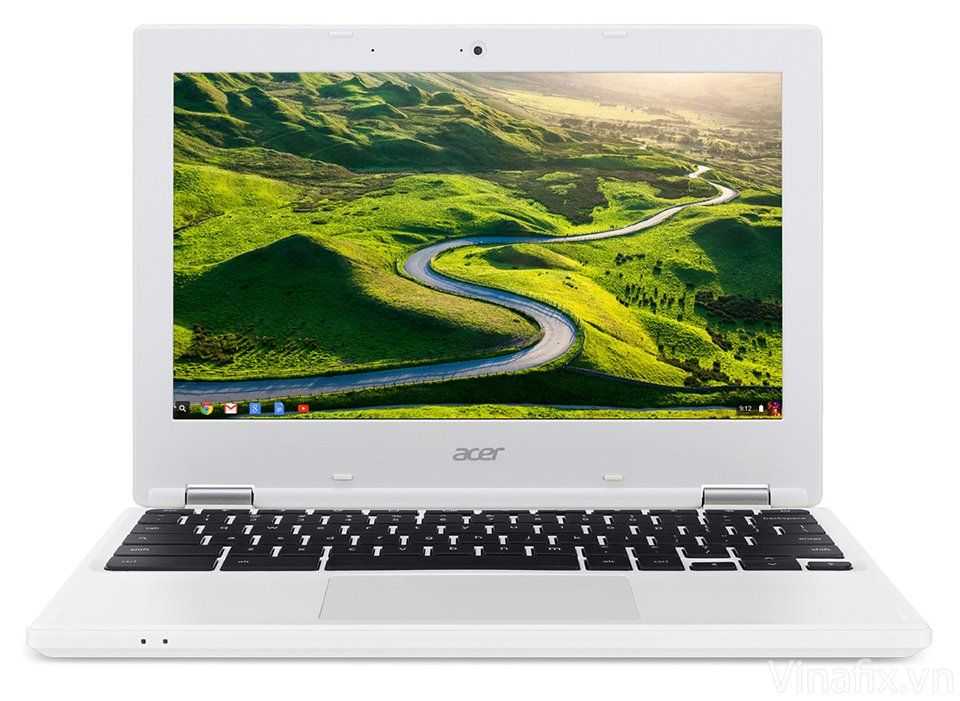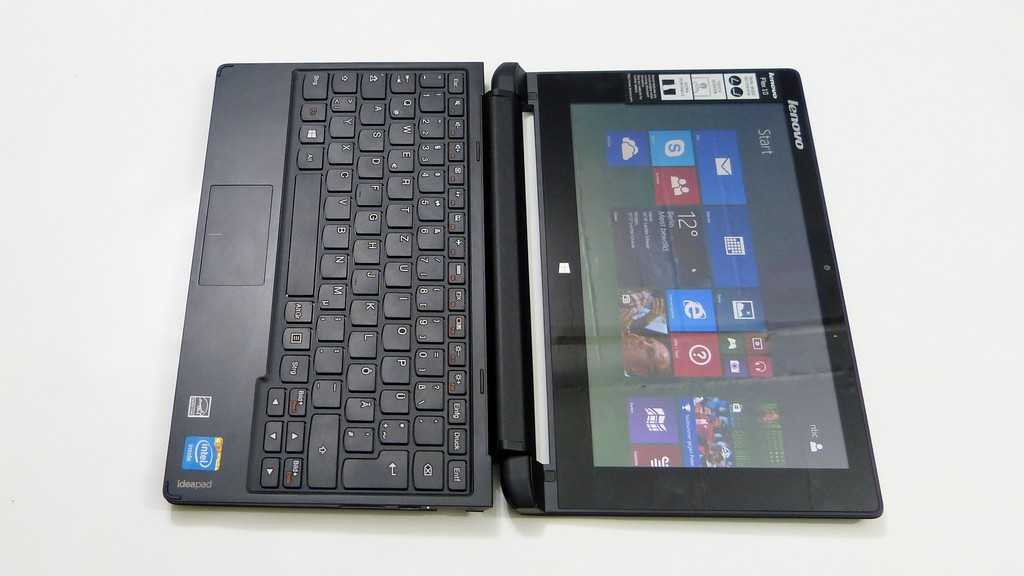Posted on 10 February 2008

 Automated software patching is almost part-and-parcel of booting up a PC these days. If it’s not Windows, its Firefox, Adobe or someone else that wants to patch a security issue. It’s annoying and carries some risk in itself but it’s a necessary part of online life and, for a normal consumer, shouldn’t be disabled or ignored. Before I started my Pro-blogging life I was a security architect and the process of risk analysis is now burned deep into my brain. I can’t help but analyse a security report and the latest one that has been demonstrated by Rise Security on an Eee PC has me more worried than usual.
Automated software patching is almost part-and-parcel of booting up a PC these days. If it’s not Windows, its Firefox, Adobe or someone else that wants to patch a security issue. It’s annoying and carries some risk in itself but it’s a necessary part of online life and, for a normal consumer, shouldn’t be disabled or ignored. Before I started my Pro-blogging life I was a security architect and the process of risk analysis is now burned deep into my brain. I can’t help but analyse a security report and the latest one that has been demonstrated by Rise Security on an Eee PC has me more worried than usual.
If you’re are at home behind your broadband router, you’re probably fine. Unless you have all ‘ports’ forwarded to your EeePC automatically, it’s unlikely that someone from outside will be able to see your PC and perform the exploit. If you’re using the Eee PC in a public place though you need to be more careful because if you’re using a hotspot, you’re probably vulnerable and if I was a hacker, I’d be pretty happy to see the situation in the image here!
- The Eee PC users are new, consumer-level users that probably don’t know about the risk.
- Eee PCs are highly portable and more likely than most PCs to appear in a public place.
- You know that most Eee PC’s will still be running the default, vulnerable software.
- An Eee PC is very easy to identify. Its the small one!
- There a probably near to half a million of them out there now.
- Scanning hundreds of thousands of IP addresses for the exploit is simple.
IT Exhibitions and Starbucks would be the places I’d hang around and if I really want to guarantee a valuable hack I’d be buying a ticket to CeBIT! If you’re taking your Eee PC to CeBIT, please either disable samba or ban yourself from using a hotspot.
Over time, every OS will become vulnerable so it’s important to ensure that your OS provider is committed to pushing out security updates. I’ve read that Xandros isn’t as pro-active as others at pushing out security updates but I’m sure Xandros and ASUS will react quickly in this case because of the publicity factor. In case they don’t, please make sure you enable a personal firewall (is there one on the Eee PC? If not your Google keywords are iptables, firestarter) or you disable the Samba server deamon. For detailed info and a user-generated patch, see this helpful eeeuser forum thread.
Best solution – get an HSDPA flat-rate and use that to connect to the Internet. The very nature of the network architecture (in most, if not all cases, NAT, private IP addresses and firewalls are used) means that PC server services are not visible to others.
Posted on 08 February 2008

Pioneer computers of Australia are advertising the Dreambook Light IL1. Prices start at around $US450.
The battery options include a 6-cell Li-Ion option. I wonder if this will fit the other devices.
I agree with JKK. You do not want to be running Vista on this!
jkkmobile: DreamBook Light IL1, laptop UMPC for $499
Source:EeePCNews.de
Posted on 08 February 2008

If I were the program manager for Intel’s Menlow platform, I’d probably be taking a three week holiday right now. ARM were flexing muscles yesterday, MWC is nearly open and now Ericsson is wading into the stream. Ericsson today announced the U380 mobile platform, delivering a true mobile Internet experience and empowering consumers with advanced multimedia features. Using the ARM Cortex-based, Texas Instruments 3430 that I tipped a few days ago, they’ve developed a one-chip HSPA platform. That’s a CPU, graphics and multimedia processor, controllers and HSPA radios on one […]
Posted on 08 February 2008

Last weekend, Opera made some changes to the Opera Mini servers which have resulted in a speed increase that puts page rendering speed up into the ultra mobile PC bracket. Seriously! I tried it earlier while my daughter was playing on the park swings and was amazed to see Engadget load and render in well-under 15 seconds. I’ve just re-run the tests on a couple of Nokia phones and a Raon Digital Everun to confirm the result. Nokia N82 – UMTS (350kbps approx) – 12 seconds Nokia 6280 – Reload […]
Posted on 07 February 2008

I think I must be one of the few people that has already owned and reviewed a version of the Cloudbook. Last year I got hold of the Packard Bell Easynote XS20, which is effectively the Everex Cloudbook running Windows XP, and I did a fair bit of testing. I definitely know what to expect of the hardware so it’s probably worth revisiting some of the things I wrote about it in order to help those considering a Feb 15th purchase from Walmart or ZaReason. More details after the jump…
Posted on 07 February 2008

 I wrote about this earlier on Carrypad but the press release that has just been issued by ARM has some aggressive wording that I’d like to relay here in order to stir up another great Intel vs ARM conversation.
I wrote about this earlier on Carrypad but the press release that has just been issued by ARM has some aggressive wording that I’d like to relay here in order to stir up another great Intel vs ARM conversation.
If you use an expression like ‘Visually Stunning Mobile Internet Devices’ you’re not exactly hiding your intentions are you. All the evidence so far points to the Intel Silverthorne and ARM Cortex A8 as being in the same ballpark as far as raw processing power is concerned but you can be sure that what you see at the Mobile Word Congress from ARM will be a lot smaller, a lot lighter, have better battery life, will including voice and 3.5G data capability and may even be cheaper than any Intel MIDS. Will ARM step in and steal the show or will this just be a demonstration of 2009 technology. Will the software (rumored to be Android) enable a rich-enough user experience or will Ubuntu Mobile take the crown?
“ARM will be showing advanced technology enabling the “Full Web in Your Pocket†experience”
ARM vs Cortex, Ubuntu Mobile Vs Android. Its going to be a VERY interesting Mobile World Conference.
For more information on the CPU line-ups from Intel, VIA and ARM, take a look at the CPU overview article I posted last week.
Posted on 07 February 2008

I hadn’t actually realised that ARM were NOT in part of Google’s Open Handset Alliance but I guess, as a company that focuses on licensing designs out to third party’s, they are slightly more removed from the end product than most. They will be getting a little bit closer next week though as they’ve been inviting people to see Android running on their cores at the Mobile World Congress in Barcelona. Could we see, for the first time, a Webkit-based browser and multimedia playbock on a Cortex A8-based device? I […]
Posted on 07 February 2008

 JKK Has published a nice summary of mods and hacks that are possible with the Cloudbook and Easynote 7″ ultra mobile notebooks. He gives tips for disk, ram, gps, wifi and even OS upgrades.
JKK Has published a nice summary of mods and hacks that are possible with the Cloudbook and Easynote 7″ ultra mobile notebooks. He gives tips for disk, ram, gps, wifi and even OS upgrades.
One of the things that I find happens a lot with my mobile devices is that I get a lot closer to them than my desktop PC or the laptop I use daily. By that I mean that the relationship gets more personal and I want to care for and optimise my ‘partner’ as much as I can. Its sounds silly but I’ve never really looked for things like mounting brackets, cases and other upgrades and never really thought much about style before. These devices form part of your 24/7 lifestyle wherever you are in your home and often when you are away and you can’t help but want to make sure that you look after them and get the best out of them. I feel sure that we’ll see a big accessories aftermarket for ultra mobile devices and a lot of these upgrades, mods and retro-fits will be offered by third parties as the market builds.
We need someone to start a UMPC accessories and mods database. I’d love to expand UMPCPortal to cover accessories more but there just aren’t enough hours in the day at the moment.
Cloudbook. More news links and specifications.
 Automated software patching is almost part-and-parcel of booting up a PC these days. If it’s not Windows, its Firefox, Adobe or someone else that wants to patch a security issue. It’s annoying and carries some risk in itself but it’s a necessary part of online life and, for a normal consumer, shouldn’t be disabled or ignored. Before I started my Pro-blogging life I was a security architect and the process of risk analysis is now burned deep into my brain. I can’t help but analyse a security report and the latest one that has been demonstrated by Rise Security on an Eee PC has me more worried than usual.
Automated software patching is almost part-and-parcel of booting up a PC these days. If it’s not Windows, its Firefox, Adobe or someone else that wants to patch a security issue. It’s annoying and carries some risk in itself but it’s a necessary part of online life and, for a normal consumer, shouldn’t be disabled or ignored. Before I started my Pro-blogging life I was a security architect and the process of risk analysis is now burned deep into my brain. I can’t help but analyse a security report and the latest one that has been demonstrated by Rise Security on an Eee PC has me more worried than usual. 

